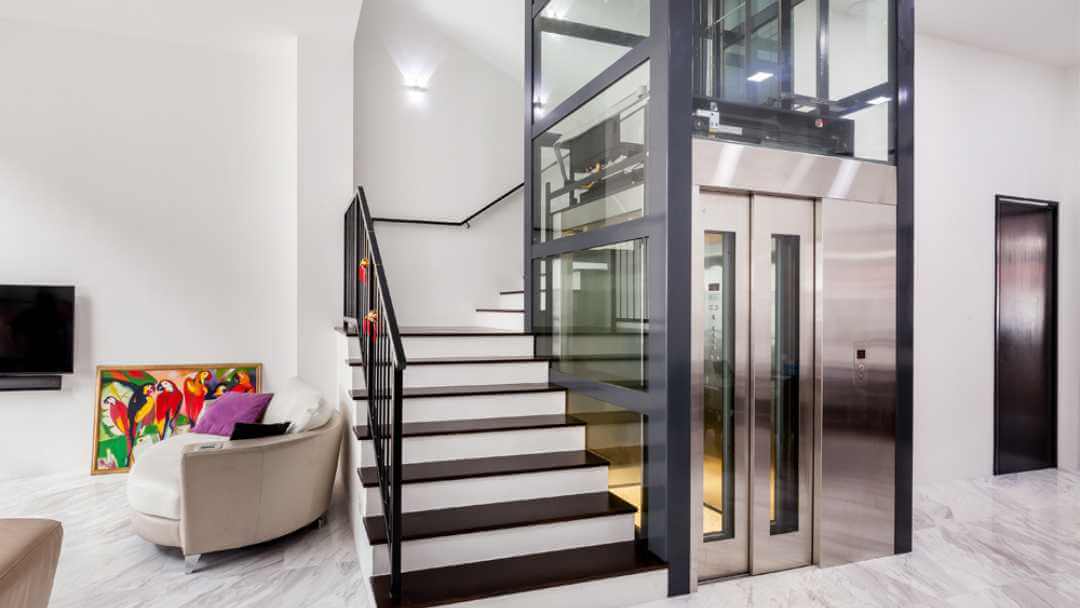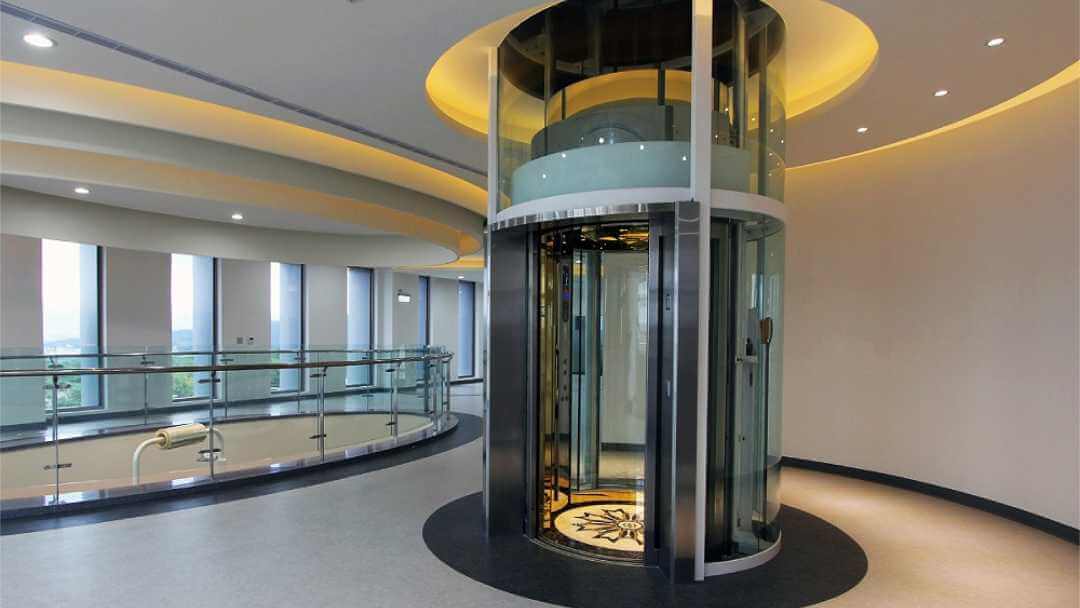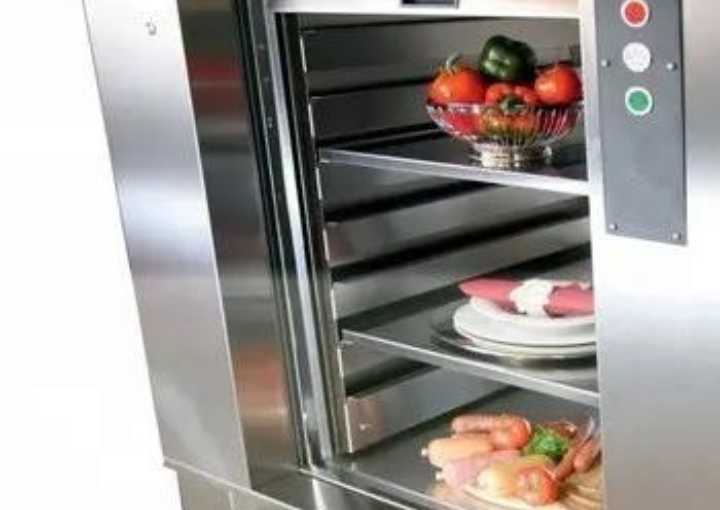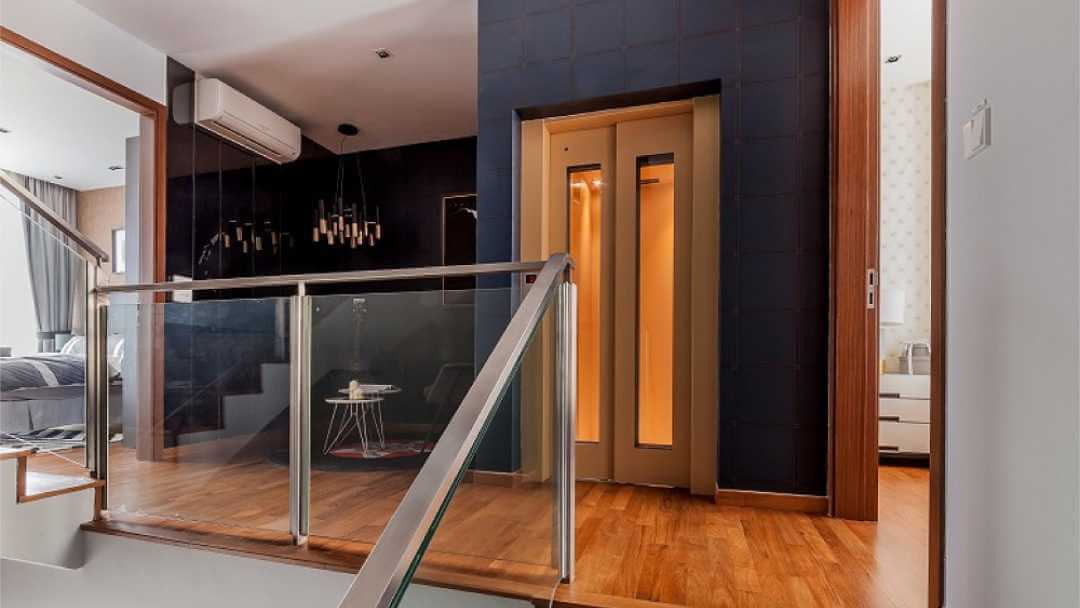5 Best Passenger Lift For Home in 2024 – Discover The Benefits
Enhance your living space and mobility with our passenger lift for home solutions in 2024- designed to provide easy and convenient access to all levels of your residence

Muneer Ahammed | Updated February 07, 2024
Are you considering installing a passenger lift in your home? It can be a great investment, offering a number of benefits that can make life easier and more enjoyable for you and your family. But what is a residential passenger elevator, and how do you choose the right one for your home?
Passenger lift for home are a great way to add convenience and accessibility to your home. Whether you’re looking to install an elevator for personal use or to increase the property value of your home, there are many benefits to owning a residential passenger elevator.
In this article, we’ll discuss the different types of residential passenger elevators, the cost of installation, design considerations, advantages of small passenger lifts, passenger lift parts and maintenance, and safety considerations.
What is a Passenger Lifts for Home?

A residential passenger elevator is a lift specifically designed for residential use in private homes and is used to transport people between different floors. It is much smaller than a commercial elevator, and it is typically built to fit in a small space, like a hallway or stairwell.
These Elevators are typically powered by electricity or hydraulics, and they function by moving a person from one floor to the next using a system of cables, pulleys, and motors. They come with a range of features and accessories, such as automatic doors, emergency stop buttons, and intercom systems.
Residential passenger elevators can be installed in both new construction and existing homes. In addition to providing convenience and accessibility, these elevators can also be a great way to increase the value of your home. They are becoming increasingly popular, and potential buyers may be more likely to purchase a home that has an elevator installed.
Benefits of a Residential Passenger Lift
They provide a number of benefits, both practical and psychological. It can make it easier to move around and access different levels of your home. It can also make it easier to transport items or furniture between different floors.
On a psychological level, passenger elevators can provide a feeling of security and independence. It can also make it easier to stay connected with others in your home, no matter what floor they’re on.
Some of the benefits of installing a residential passenger elevator are:-
1. Convenience
Passenger elevators are a great way to move between floors quickly and easily, eliminating the need to take the stairs. This is especially beneficial for people with mobility issues or those who are transporting heavy items between floors.
2. Accessibility
Passenger elevators can be beneficial for people with disabilities, as they provide a safe and easy way to move between floors.
3. Higher efficiency
They provide higher efficiency and are noiseless. They are capable of carrying 320kg (equal to about 4 people) and also much more. They move at a speed of 0.6 m/s.
4. Property Value
Installing a residential passenger elevator can increase the value of your home, as potential buyers may be more likely to purchase a home with an elevator installed.
5. Aesthetic
A residential passenger elevator can also be a great way to add a touch of style to your home. There are many different models and styles of residential passenger elevators, so you can choose one that suits your home’s aesthetic.
Different Types of Passenger Lifts for Home
There are many different types of residential passenger elevators available. The type of elevator you choose will depend on your needs and budget. Here are some of the different types of residential passenger elevators:
Hydraulic Elevators

Hydraulic elevators are the most common type of residential passenger elevator, as they are relatively inexpensive and easy to install. These elevators use a hydraulic cylinder to move the elevator cab between floors.
Pros: Inexpensive, easy to install, does not require much space.
Cons: Slow, noisy, limited travel distance, requires a pit and machine room.
Dumbwaiter Lifts

Dumbwaiters are specifically designed for carrying light loads and are often used for transporting food or other small items between floors. They are compact, affordable, and easy to install, but they are not suitable for transporting people.
Pros: Faster, quieter, more energy-efficient, longer travel distance.
Cons: More expensive, requires more maintenance.
Pneumatic Elevators
Pneumatic elevators are powered by air pressure, and they are becoming increasingly popular in residential homes. These elevators are quieter and more energy efficient than hydraulic elevators, but they are also more expensive.
Pros: Faster, quieter, more energy-efficient, longer travel distance.
Cons: More expensive, requires more maintenance.
Cable Elevators
Cable elevators are powered by cables and typically come in two types: traction and winding drum. Traction elevators use counterweighted cables to lift the cab while winding drum elevators use a drum to wrap and unwrap the cables.
Vacuum Elevators
Vacuum elevators are the most modern type of residential passenger elevator, and they are powered by a vacuum system. These elevators are extremely energy efficient and can be installed in very tight spaces.
Electric Elevators
These are powered by electricity and are the most common type of residential passenger elevator. They are usually more expensive than hydraulic or pneumatic elevators, but they can provide more features and flexibility.
How Much Does a Residential Passenger Elevator Cost?
A passenger lift cost will depend on the size and type of elevator you are installing. The cost includes installation, parts, and labour. It is important to keep in mind that the cost may vary depending on the complexity of the installation and the type of elevator you choose.
Design Considerations for Installing a Residential Passenger Elevator

When installing a residential passenger elevator, there are a few design considerations to keep in mind. First, it is important to determine the size of the elevator cab and the number of stops it will make.
It is also important to consider the type of doors and the materials used for the walls, ceiling, and floor of the cab. Additionally, you should consider the layout of the elevator shaft and the mechanical components that will be used. Choose the best passenger elevator manufacturers for quality products.
Advantages of Using a Residential Passenger Lift
Residential passenger lifts provide many advantages over traditional staircases. They are much more energy efficient, as they require less energy to operate than stairs. Passenger lifts are also much safer, as they have higher security measures and can be monitored via video surveillance. They are much more convenient, as they can be used to move between floors quickly.
- Great to use in workplaces where there is high traffic
- Highly efficient and noiseless
- It is easy to use and controls optimum traffic
- Effective technology with greater reliability
- Best quality lifts with less space occupied for installation.
Passenger Lift Parts and Maintenance
When installing passenger lifts for home, it is important to consider the parts and maintenance that will be required. The most common parts that will need to be replaced over time include the motor, cables, pulleys, and the elevator cab. Additionally, the elevator will require regular maintenance to operate properly.
Benefits of Small Passenger Lifts
Small passenger lift for home can be a great option for homes with limited space. These lifts are much smaller and lighter than traditional elevators, making them ideal for homes with limited space. Additionally, they are typically less expensive and require less maintenance than traditional elevators.
Safety Considerations When Installing a Residential Passenger Elevator
Safety is important when installing a home passenger lift. It is important to ensure that the elevator is properly installed and maintained, also strictly follows all the passenger lift regulations. This includes checking the safety features of the elevator, such as the emergency stop button, proper ventilation, and the fire alarm system. Additionally, it is important to have the elevator regularly inspected to ensure it is operating safely.
The features that make you choose Royal Fuji for your elevator needs
- TUV Certified elevators
- Great efficiency and noise-free
- Easy accessibility
- Control optimum traffic
- Effective technology with reliability
- Quick and easy installation
- Less space occupied
- Best quality and Cost-effective lifts
- Tailored lifts for your building structure
- Quick travel between floors- 0.6m/s
- Less civil work During the installation
- Fully glazed shaft
- MRL- Machine Room Less lifts
- Stylish and safest elevators
Installing passenger lift for home can be a great way to add convenience and accessibility to your home. There are many different types of residential passenger elevators, and the cost of installation will vary depending on the type and size of the elevator. Additionally, there are many design considerations and safety measures to keep in mind when installing a residential passenger elevator. With the right installation and maintenance, a residential passenger elevator can be a great way to increase the value of your home.
Royal Fuji is the Best elevator company in UAE, having worldliness of about decades in the field of installation, and maintenance in UAE. We are one of the foremost UAE-based lift manufacturers trusted by our customers. We can customize the needs of the customers with fidelity and speed. You can completely rely upon us for all your elevator needs.
Frequently asked questions
1. What types of drives are used in passenger lifts for homes?
The drives used in passenger lifts for homes can include hydraulic, traction, or pneumatic systems. The most common type of drive used in passenger lifts for homes is a traction drive, which uses a rope and pulley system.
2. What is the maximum height a passenger lift for a home can reach?
The maximum height a passenger lift for a home can reach can vary depending on the model but typically ranges from 4 to 8 stories.
3. What is the weight capacity of a passenger lift for a home?
The weight capacity of a passenger lift for a home can vary depending on the model but typically ranges from 500 to 1000 pounds.
4. What is the minimum pit depth required for a passenger lift for a home?
The minimum pit depth required for a passenger lift for a home can vary depending on the type of lift and the manufacturer’s specifications but typically ranges from 6 to 12 inches.
5. What is the minimum overhead clearance required for a passenger lift for a home?
The minimum overhead clearance required may vary depending on the type of lift and the manufacturer’s specifications but typically ranges from 7 to 9 feet.
There are several different types of hydraulic lifts available on the market today, each designed to meet the specific needs of different properties. Here are the most common types:

Muneer Ahammed
Sales & Operation Manager - Royal Fuji
Mr. Muneer Ahammed holds the position of Sales & Operation Manager at Royal Fuji and possesses 16 years of experience in the vertical transportation industry. For any inquiries related to hydraulic passenger lifts, please do not hesitate to reach out to him.
